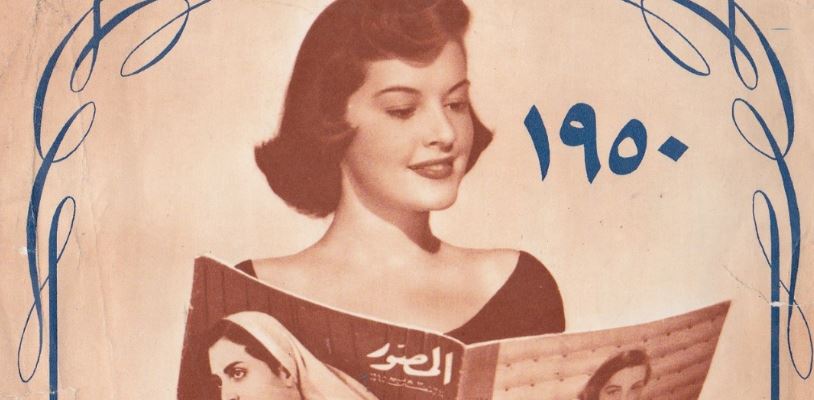Straight off the bat, this is not an opinion piece on the concept of the hijab or the niqab. I am not a religious spokesperson to have such an opinion nor do I condone any doctrine that dictates how women ought to dress.
This is more of retrospective piece, if you will, documenting an undeniable phenomenon. The truth is, during the last 25 years or so of Egyptian social history, the veil has grown in significance.
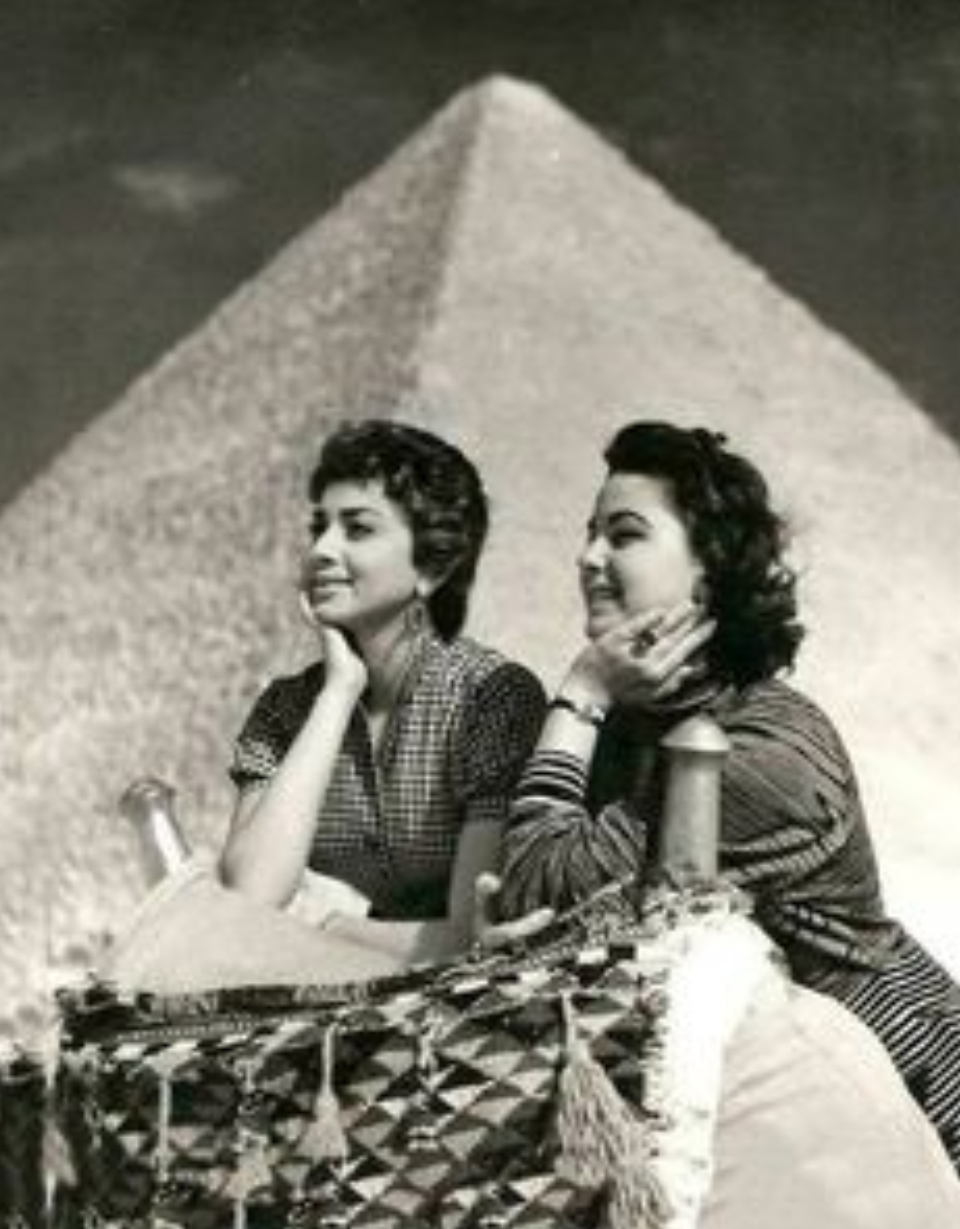
It has really left the confines of it being part of religious orders, and has become part of a cultural dress code. This dress code, however, did not exist so strongly several years ago. Up to the 1980s, the veil did not reign supreme.
I think this is a noteworthy cultural shift for three main reasons. Firstly, it draws attention to the ways in which what is truly foreign to Egypt is the concept of the veil, or more broadly this need to monitor and control women’s dress codes.
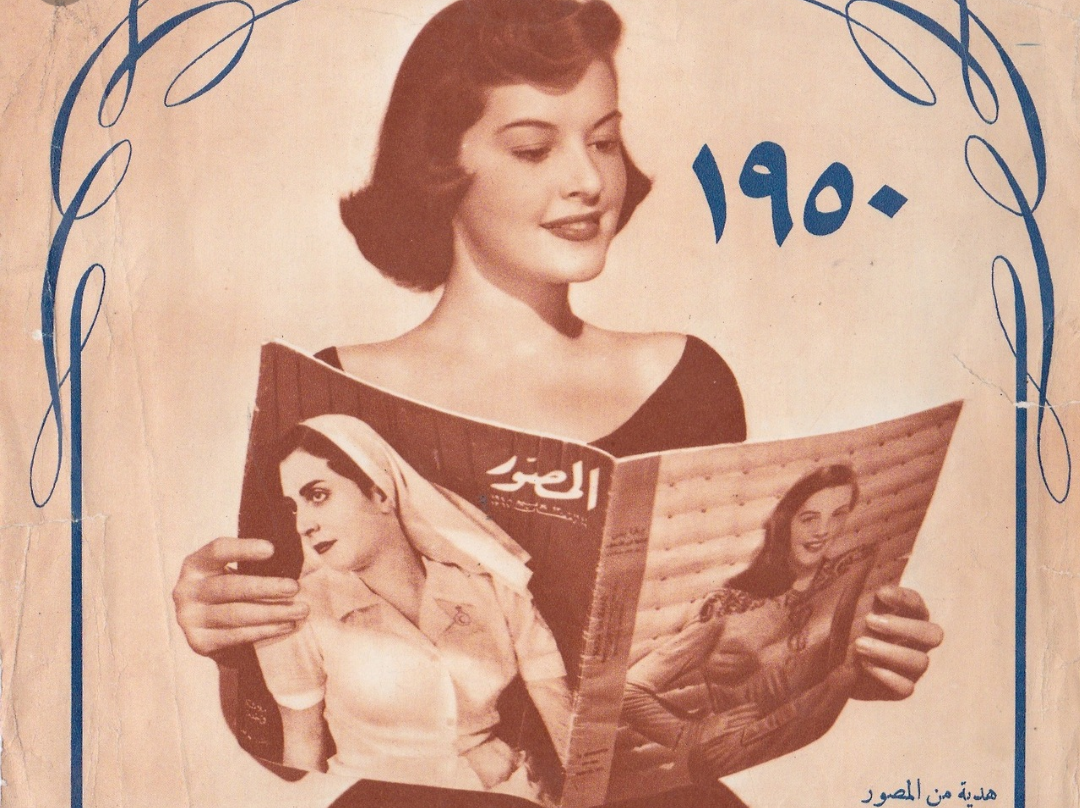
This is a significant point for those commentators who argue that female freedom is what actually reflects a foreign invasion.
If you take a look at Egyptian cinema or Egyptian photographs of women up to the 1980s, you will realize very quickly that the need to cover and monitor the female body is truly what is foreign to Egypt.
In other words, a woman’s body being present and relatively exposed in public spaces was not always such a huge issue.
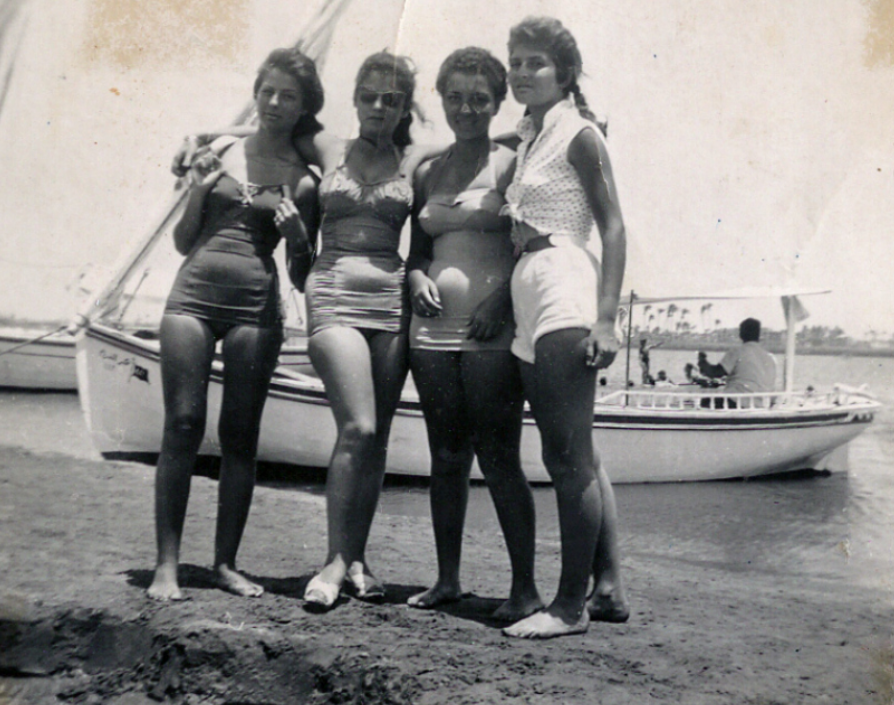
Secondly, and consequently, I do not think the fact that this epoch witnessed a period of immigration to the Gulf region is an unrelated aspect, especially when it comes to this obsession with covering up women’s bodies.
The wave of Egyptian men, women, and families immigrating to the Gulf region meant that they were inevitably going to bring back much more than just televisions or video tapes.
These people brought back the strict gender role system articulated by extreme interpretations of Islam, especially those held and practiced in countries like Saudi Arabia under the hegemony of Wahabi ideology.
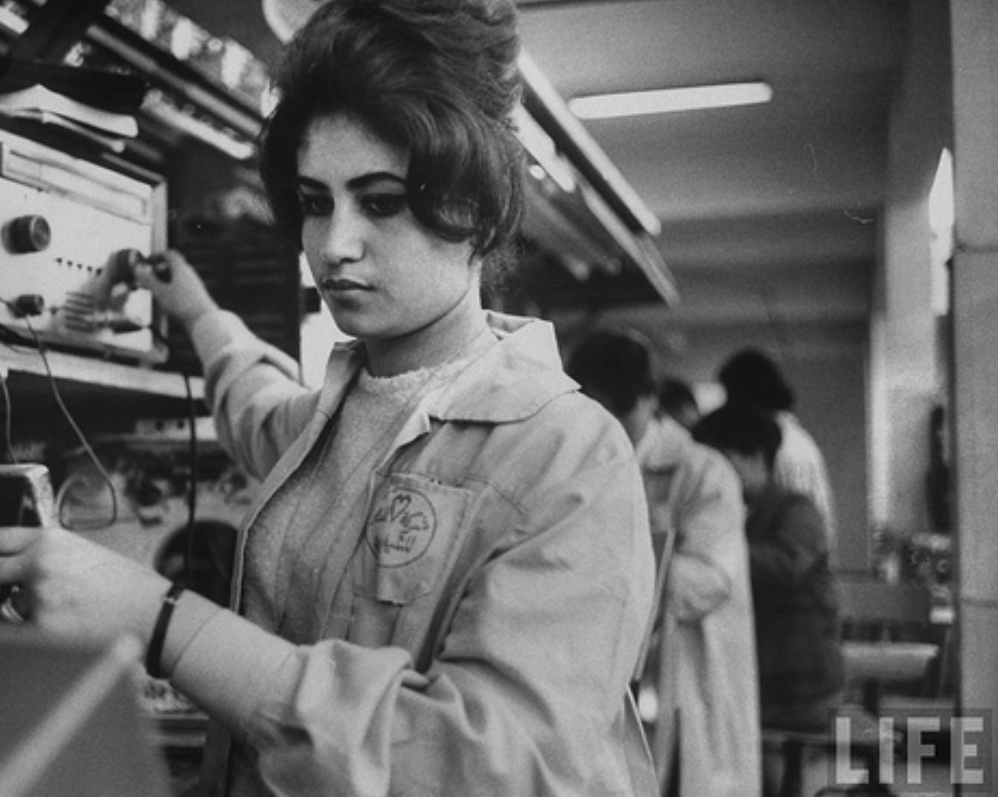
Add to that the fact that a wave of Egyptian men were returning home -after fighting a war in Afghanistan- and it comes clear which ideology is one that is truly foreign to Egyptian history and culture.
Thirdly, and most importantly, this then novel preoccupation with covering the female body, did not exist in a vacuum. It really did reflect a broader changing out-look towards the role of women and their presence in the public sphere in general.
The women that Nasser – and his socialist nationalism regime- had pushed towards the labor force, were in the 1980s being pushed inside the home, were in the 1980s being told to lower their voices and dress to cover their femininity.
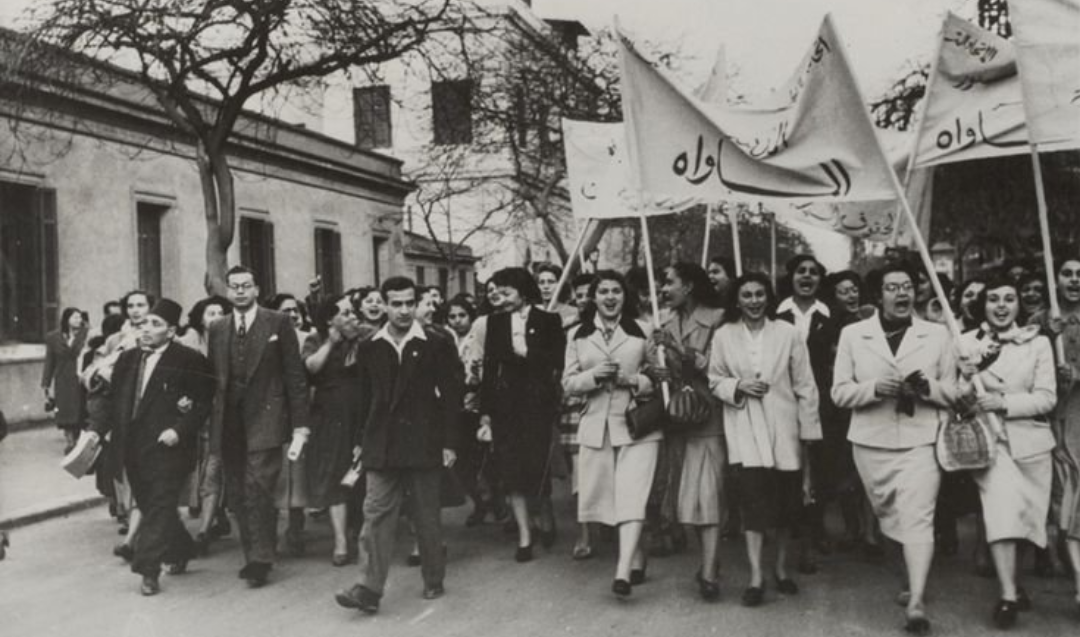
Femininity was now banned. The school-aged and university-aged girls that once had the freedom to dress in whatever fashion they wanted, now had to wear loose fitting pants, and a jacket.
These girls suddenly had to use their books and school bags to cover their breasts and backs.
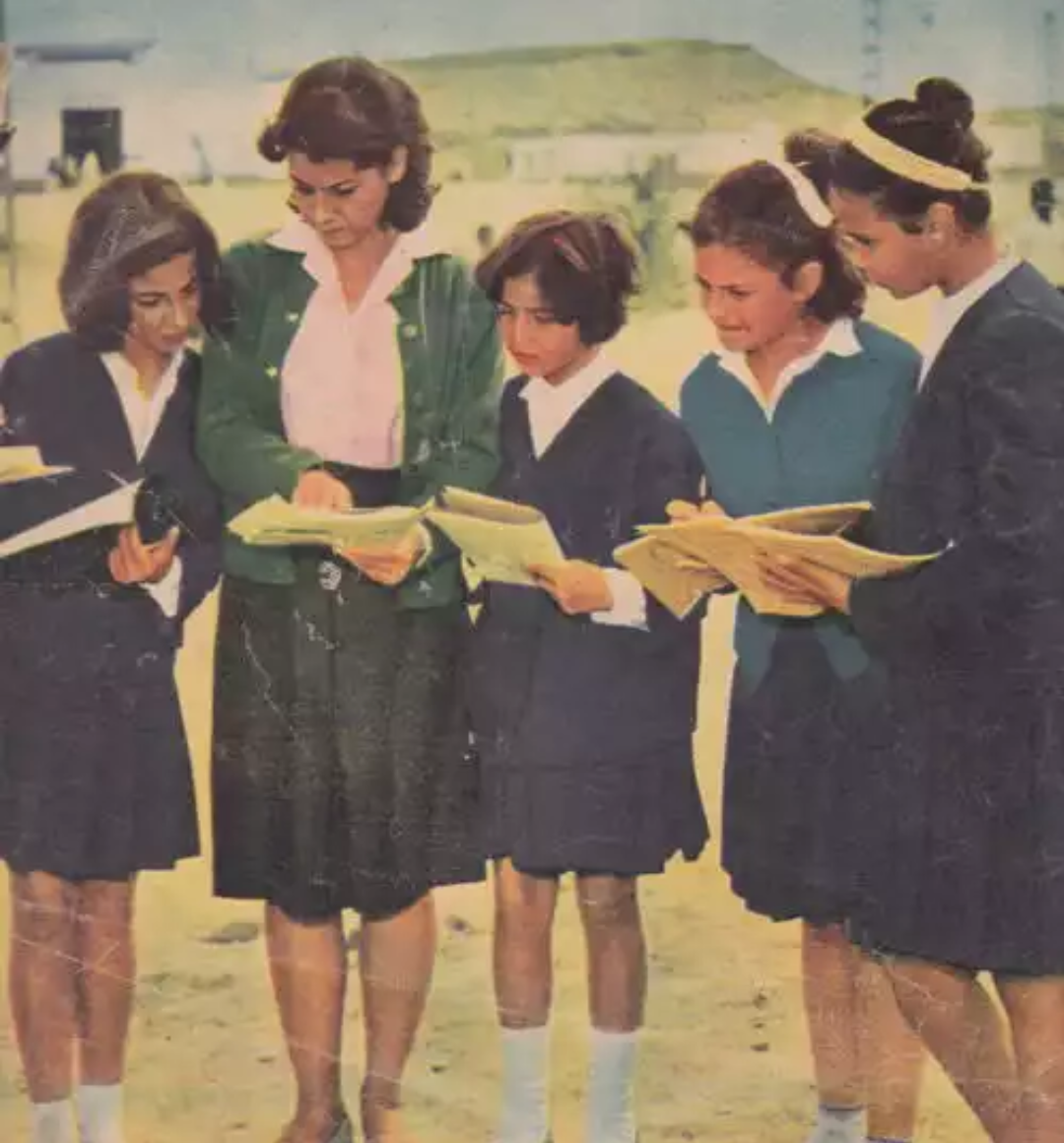
These girls suddenly had to deny the femininity to prove their right to exist in the public sphere, that was now dominated by men who use religion to justify sexism.


